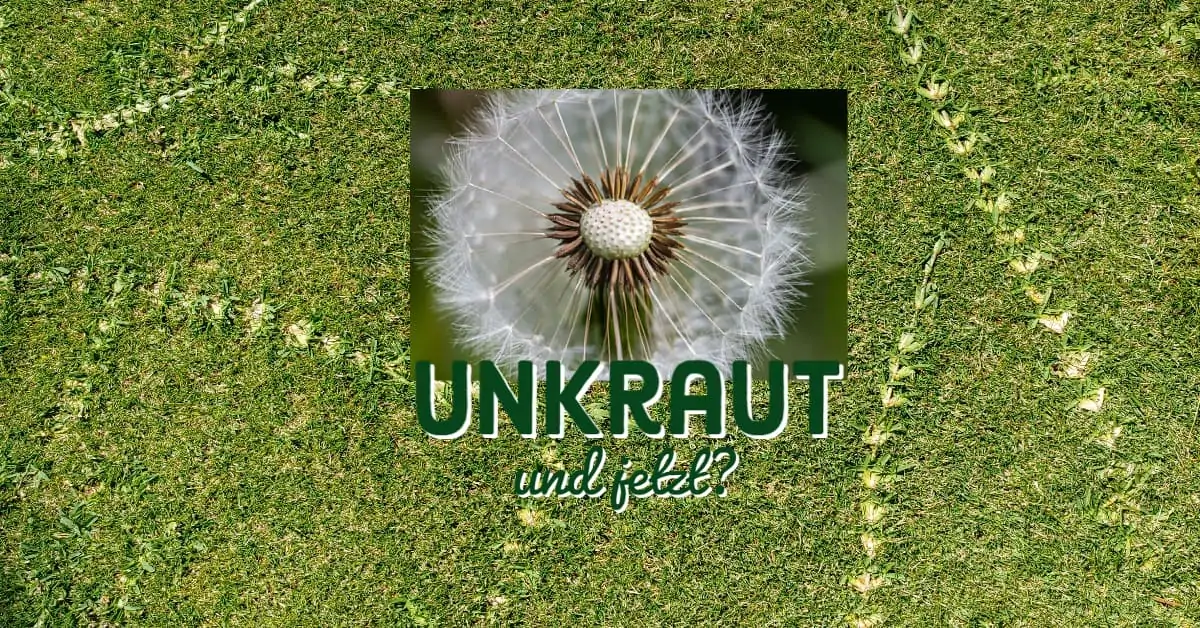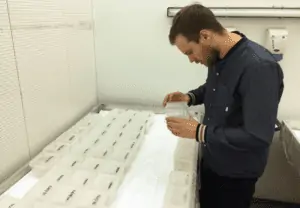Does the golfer have to live with more weed on the course?
Daisies on the fairway and dandelions next to the green – an idea golfers shy away from. One does not like to see weeds on the playing surface of golf courses, they are taboo on top courses. Controlling weeds is becoming increasingly difficult, especially within the EU, due to strict regulations on the use of pesticides. As part of his doctoral thesis at the University of Wagingen, Daniel Hahn has now dealt with the question of what successful strategies against weeds without herbicides could look like. Golf Sustainable spoke to him about the future of weed control on golf courses.
Anyone who reads your doctoral thesis will come to the conclusion that we in Europe will have to deal with more weeds on the golf course in the long term. Is that correct?
Hahn: Yes, I think that’s a good assessment. Access to pesticides is becoming less and less. The question to ask is: Which weeds are a problem and in which playing areas? In fact, there is little research on whether weeds actually disrupt play. Therefore we should define: When are weeds a problem at all?
The growth of weeds is promoted when the grass growth is not so dense. On the other hand, in golf we are discussing measures to reduce water consumption, which of course lead to less fat grass. How big is this conflict?
Hahn: The question you have to ask yourself is how much water do you need to optimally supply the grasses to be able to compete against weeds. A lot of water usually favours the weeds. In general, one can say that everything that makes the turf grow less well leads to more weeds. That’s why you have to work more precisely in the future to avoid bald spots. This is a big problem. Here we are also talking about a higher need for renovation for the golf courses because, for example, it is difficult to optimally care for the plants when the grass is matted. It is therefore crucial to manage the playing surfaces well over the long term.
They describe that removing weeds mechanically can be a very effective method. Are we talking about robots that dig up or burn weeds on their own?
Hahn: That’s right, it sounded very futuristic when I started my doctoral thesis. In fact, this is technically quite possible. The weeds are damaged and the surrounding grasses can take over again. Robots with cameras are already being used in agriculture, which then recognize weeds and laser them away. However, the application is easier there, because you have to work mainly between the rows of plants. This is more difficult on the golf course, since green weeds first have to be distinguished from green grass. But there are a number of companies that are working on this topic.
Does lasering away weeds then also require more frequent overseeding?
Hahn: With overseeding, you can introduce new varieties that are then more drought-resistant or have other positive effects. However, it is crucial that overseeding is carried out correctly from a technical point of view. There is often a problem because it is labor-intensive and it is not easy to achieve a high germination rate.
According to your work, the height of the grass plays a role in the density of the grass cover. Does this mean we have to get used to higher fairways if we want fewer weeds?
Hahn: A fairway is mowed between 8 and 25 mm high. In general, the taller the grass and the more frequently you cut it, the more energy the grass puts into growing and becoming denser. There is currently no data showing that higher fairways have fewer weeds. But more mowing makes sure. As automated mowing becomes more common, you should then try to mow more frequently. The denser turf has an effect and ensures fewer weeds.
How important is the data situation on a golf course for the greenkeeping of the future?
Hahn: If you don’t have any data, you can’t make a decision. You need a database, for example on the nutrient level in the soil, the proportion of organic material, etc. Many golf courses lack this because often, for example, data is only recorded on one green all year round – if at all.
In your work you paint a picture of the future of a golf course in which the data, for example on moisture or the root position, will be recorded by satellites in the future, robots will cut out the weeds and artificial intelligence will play a major role. How futuristic is that?
Hahn: Technically, all of this is already possible. At the moment we simply don’t have the research funds in Germany to better explain the areas of application and to improve the data situation. But I’m working on some projects in this area.
How big is the conflict between research into sustainable care and the fact that, for example, the fertilizer industry plays a major role in golf?
Hahn: That is of course a problem. This requires superordinate organizations such as the R&A or the DGV, which enable industry-independent research. If there was more access to research funds, you could develop great things here.
Golf meets science
Towards Strategies to Manage Weeds in Turf without Herbicides, doctoral thesis by Daniel Hahn, Wageningen University, Prof. Dr. APJ Mol, 2021.








